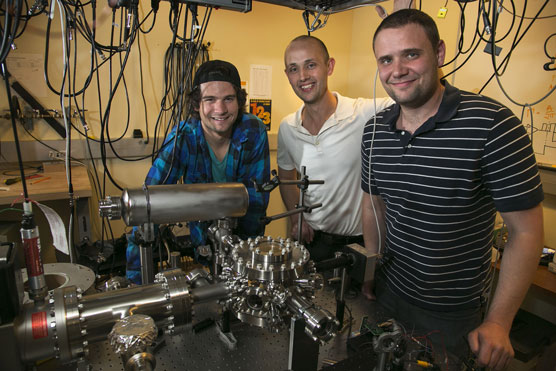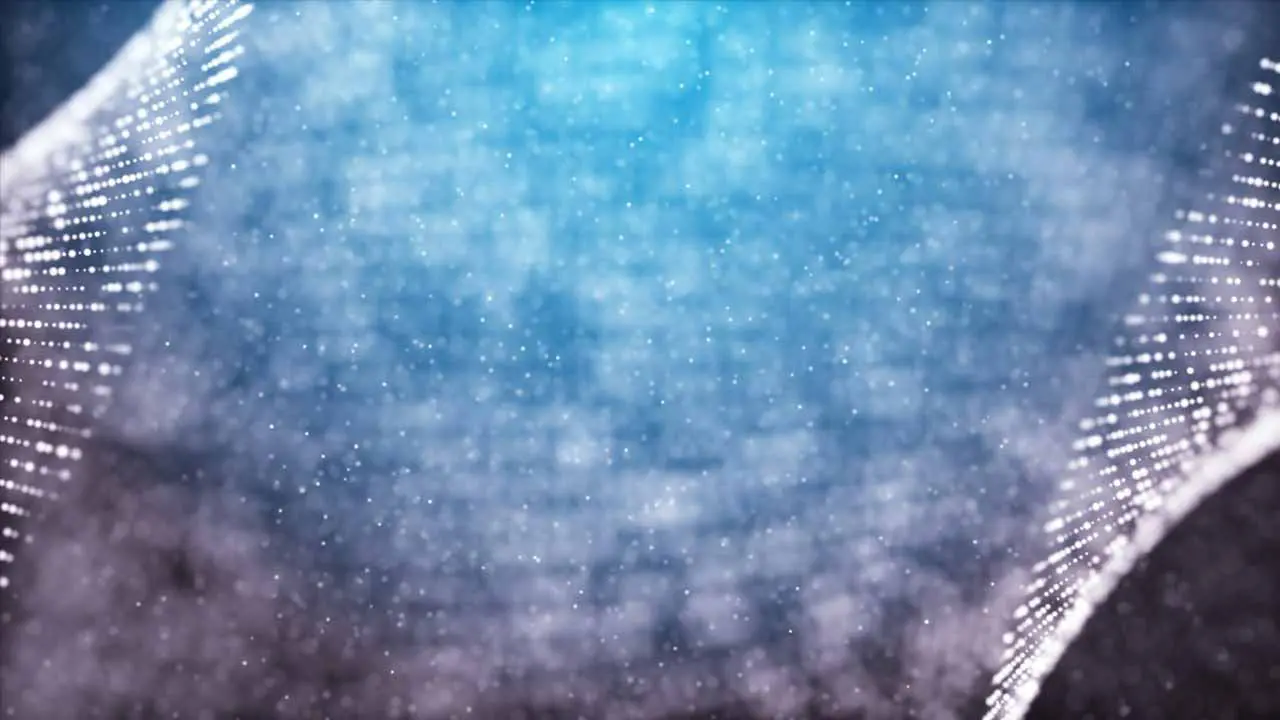
Scientists at the University of California Los Angeles have developed a new technique for super-cooling molecules by combining two traditional atomic cooling technologies that may prove to be a breakthrough for quantum computing.
According to Eric Hudson, a UCLA assistant professor of physics, scientists have only succeeded in creating a few specific kinds of the ultra-cold molecules needed to transmit and store data in quantum computing during the past decade. Since it is difficult to theorize which materials—if any of the few currently in existence—might be used in quantum computers or other future applications, the development of a method that could be used to create many different ultra-cold molecules is significant.
Hudson and his colleagues were able to prevent most of the barium chloride ions used in the experiment from “vibrating and rotating” by immersing them in an ultra-cold cloud of calcium atoms assembled by laser beams—a magneto-optical trap.
The barium chloride ions were then confined within the cloud with help from “specialized rods with high, oscillating voltages, as part of an ion trap.” Halting the movement of the molecules is a necessary step before they can be used to store data because any data a scientist attempted to store in room-temperature molecules would “quickly become gibberish,” according to Hudson.
While magneto-optical and ion traps are not considered to be new technologies in the field of molecular physics, Hudson and his colleagues are reportedly the first group to create a cloud of ultra-cold molecules by combining these methods.
“Our technique is a completely different approach to the problem — it is a lot easier to implement than the other techniques and should work with hundreds of different molecules,” Hudson said.
For more information, visit the University of California Los Angeles.




